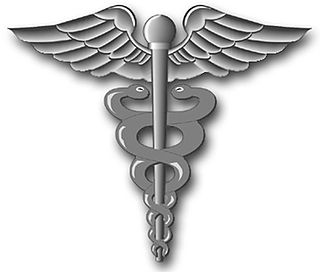It has been requested that the title of this article be changed to Oorah . Please see the relevant discussion on the discussion page. The page should not be moved unless the discussion is closed; summarizing the consensus achieved in support of the move. |
Oorah is a battle cry common in the United States Marine Corps since the mid-20th century. It is comparable to Hooah in the United States Army and the United States Air Force, and Hooyah in the United States Navy and the United States Coast Guard.
A battle cry is a yell or chant taken up in battle, usually by members of the same combatant group. Battle cries are not necessarily articulate, although they often aim to invoke patriotic or religious sentiment. Their purpose is a combination of arousing aggression and esprit de corps on one's own side and causing intimidation on the hostile side. Battle cries are a universal form of display behaviour aiming at competitive advantage, ideally by overstating one's own aggressive potential to a point where the enemy prefers to avoid confrontation altogether and opts to flee. In order to overstate one's potential for aggression, battle cries need to be as loud as possible, and have historically often been amplified by acoustic devices such as horns, drums, conches, carnyxes, bagpipes, bugles, etc..

The United States Marine Corps (USMC), also referred to as the United States Marines, is a branch of the United States Armed Forces responsible for conducting expeditionary and amphibious operations with the United States Navy as well as the Army and Air Force. The U.S. Marine Corps is one of the four armed service branches in the U.S. Department of Defense (DoD) and one of the seven uniformed services of the United States.
Hooah is a battle cry used by soldiers in the U.S. Army and airmen in the U.S. Air Force. Originally spelled "Hough", the battle cry was first used by members of the 2nd Cavalry Regiment during the Second Seminole War in 1841, after Seminole chief Coacoochee toasted officers of the regiment with a loud "Hough!", apparently a corruption of "How d'ye do!" Since WWII, the word has been widely used throughout the US Army and gained a more general meaning of "anything and everything except 'no'". It is comparable to Oorah in the United States Marine Corps, and Hooyah in the United States Navy and the United States Coast Guard.











